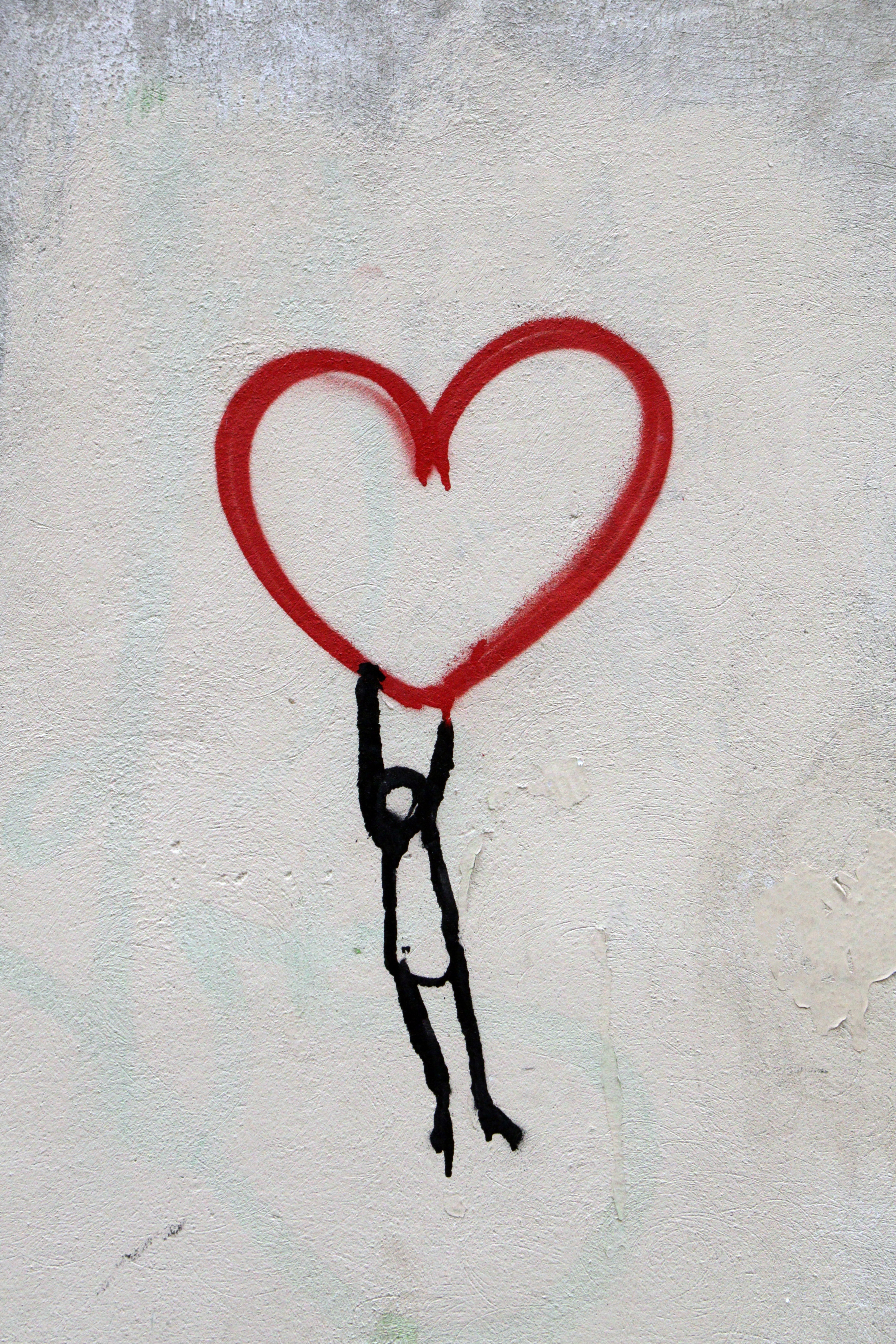Welcome to our special section, Thrive on Campus, devoted to covering the urgent issue of mental health among college and university students from all angles. If you are a college student, we invite you to apply to be an Editor-at-Large, or to simply contribute (please tag your pieces ThriveOnCampus). We welcome faculty, clinicians, and graduates to contribute as well. Read more here.
In discussions of psychology and mental health, there is the desire to separate the mind and the body: to talk about them as different entities that exist in the same plane but don’t really interact much. However, we are doing ourselves a massive disservice with this style of thinking, particularly when talking about psychological trauma and the body. Trauma can rewire a person’s entire nervous system, which has far-reaching effects on both the brain and the rest of the body.
Recent research suggests that memory processing involves two parallel systems: the explicit information processing system and the implicit somatosensory system. During non-traumatic events, the implicit system uses less evolutionarily advanced brain structures to receive and process information. Simultaneously, the explicit system processes and integrates incoming sensory information using more evolutionarily advanced brain structures such as the cerebral cortex and hippocampus to form a cohesive representation of the sensory world. However, during a traumatic event, the explicit memory system and higher cortical areas essentially shut down and the brain relies solely on the implicit memory system. Without these systems, the brain is functionally unable to process or consciously recall memories of the event, which can result in memory fragmentation. The body is also releasing massive amounts of the stress hormone norepinephrine, which activates the “fight-or-flight” sympathetic nervous system. At high concentrations, norepinephrine is shown to further impair explicit memory formation.
If an individual remains in a state of stress or trauma, the interaction between the nervous system and fascial tissue (connective tissue made up primarily of collagen that attaches, stabilizes, and separates the internal organs, muscle groups, and skin) creates “tissue memories” for a trauma experience. Trauma affects the deposition of collagen, which can create “tensional memories,” characterized by collagen buildups that influence specific connective tissue structures. These build-ups trigger the production and release of neurotransmitter substance P, which is responsible for the transmission of pain. When substance P is released, it alters the collagen structures into hexagonal patterns, known as “emotional scarring.” This causes pain sensitization, decreased mobility, increased neuroinflammation, and connective tissue remodeling.
While common forms of talk therapy can be incredibly useful for healing trauma, the healing process must be holistic to include both the mind and the body. This is why yoga, especially restorative and yin yoga, can be an integral part of the healing process. These types of yoga focus on opening up the body through prolonged, gently supported poses. Rather than relying on muscles, yin and restorative yoga use props to support the body. This allows the muscles disengage and facilitates the stretching and release of the myofascial tissue. In relation to trauma, when the fascial tissue is stretched and released, the emotional scarring and stored trauma memories are also released. After this release, the body begins to return to equilibrium and heal: the body sends fewer pain responses because it will start to rely on other neural pathways and less on nociceptive (pain) circuits. This, along with continued therapeutic support can help move the body out of the fight-or-flight state (sympathetic nervous system) and into a more restful, restorative (parasympathetic nervous system) state.
Subscribe here for all the latest news on how you can keep Thriving.
More on Mental Health on Campus:
What Campus Mental Health Centers Are Doing to Keep Up With Student Need
If You’re a Student Who’s Struggling With Mental Health, These 7 Tips Will Help
The Hidden Stress of RAs in the Student Mental Health Crisis


